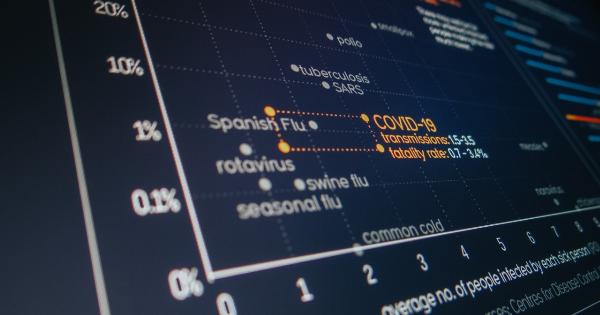A pacemaker is an electronic device that is implanted in the chest to regulate the heartbeat. It uses electrical impulses to control the heart rate and rhythm, which is especially beneficial for people with irregular heartbeats.
In the past, pacemakers needed replacement after a certain period, usually five to seven years. However, with technological advancements, self-charging pacemakers have been developed that can last a patient’s lifetime without requiring battery replacements.
This article explores the concept of self-charging pacemakers, their advantages, and their potential impact on the future of medical devices.
What are self-charging pacemakers?
Self-charging pacemakers are a new generation of medical devices that charge themselves through energy harvesting. Energy harvesting is the process of capturing and storing energy from external sources.
The self-charging pacemaker harvests energy from the patient’s natural breathing movements and converts that energy into electrical energy to power the device.
These pacemakers have no battery or wire connections but use an integrated piezoelectric transducer to transform the energy of the patient’s breathing movements into electrical energy.
The energy transformation process generates enough power to operate the pacemaker’s circuit and ensure that it keeps functioning even when the patient is resting or sleeping.
Advantages of self-charging pacemakers
The primary advantage of a self-charging pacemaker is its ability to eliminate the need for battery replacements, reducing the medical procedures required by the patient.
Also, it is advantageous for patients who cannot undergo surgery or medical procedures frequently. These patients can avoid having to replace their pacemakers every time the battery runs out of power.
Another significant benefit of self-charging pacemakers is their sustainable operation. Energy harvesting technology eliminates the need for primary batteries, which would have been disposed of in the environment and caused pollution.
These pacemakers can provide sustainable solutions for heart patients while minimizing environmental degradation and potential harm.
Self-charging pacemakers are also capable of extending the life of a patient’s device, which translates to lower lifetime costs.
Not only does this save on replacement costs, but it also reduces the risk of complications associated with electrode replacements or other medical procedures.
The future of medical devices
The introduction of self-charging pacemakers is a significant advancement in the medical field. It signals a future where medical devices will become more self-sufficient and sustainable.
The advancements of self-charging pacemakers could give rise to other autonomous medical devices, like cochlear implants, smart insulin pumps, or other wearable medical devices.
Several companies have already produced prototypes of self-charging pacemakers, and we can expect more innovation and development in this field in the coming years.
The development of self-charging pacemakers has not only opened the doors to new devices, but it has also paved the way for innovative practices in the medical industry.
Challenges of self-charging pacemakers
The development of self-charging pacemakers is still in its early stages, and there are challenges to be overcome. One of the primary difficulties is obtaining enough energy from the patient’s breathing movements to charge the device.
Transferring enough energy to power the pacemaker’s circuit requires advanced energy harvesting techniques and well-designed piezoelectric transducers.
The power generated by the patient’s breathing movements is also sporadic and can vary depending on the patient’s condition.
Therefore, a self-charging pacemaker must be designed to minimize energy requirements and efficiently use power to ensure its reliability and longevity.
Conclusion
The development of self-charging pacemakers represents a significant milestone in the medical field. These pacemakers allow for sustainable and autonomous operation, reduced need for medical procedures, and extended device life.
While there are challenges to overcome, the implementation of self-charging pacemakers opens the doors to innovative practices in the medical industry and creates a promising future for medical devices.





























